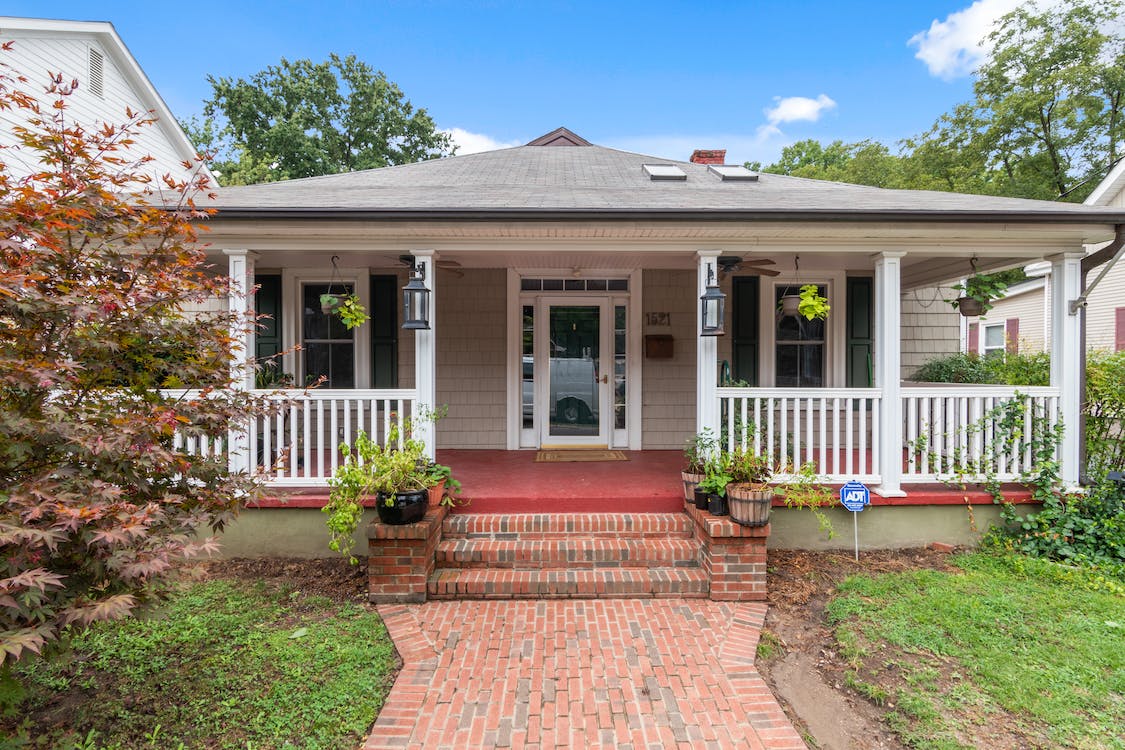
Is the Housing Market Nearing a Stabilized Transition?
Talk of a potential soft landing has been widespread recently as analysts debate whether the Federal Reserve’s rate hikes can strike the delicate balance of curbing inflation without plunging the economy into a recession. While it is still too early to predict what will happen, many are also curious about the impact of this desired soft landing on the American housing market.
However, the U.S. housing market is experiencing a challenging summer, which has brought little comfort to both homebuyers and sellers. Homeowners largely chose to hold onto their properties instead of listing them for sale in July, leading to a decrease of 40,000 available homes across the country, as reported by Realtor.com®.
According to Realtor.com Chief Economist Danielle Hale, sellers are staying on the sidelines, expecting interest rates to remain low with limited improvements in the next year. As a result, the housing market remains in a state of uncertainty, with potential buyers and sellers anxiously awaiting a change in their favor.
In July, the number of newly listed homes dropped significantly, 20.8% lower compared to the previous year. This shortage of listings led to a 6.4% decrease in the total number of homes available for sale. Among the 50 largest metropolitan areas in the U.S., the inventory of homes for sale is now only half of what it was before the COVID-19 pandemic.
Additionally, the current home prices have left everyone discontented. Listing prices have decreased by 0.9% in July compared to last year, with a median sale price drop of 1.6%. Although any relief in prices is welcomed, it is important to note that the decline is relatively small and not a significant discount.
Furthermore, it remains uncertain how long this relief will persist. Buyers also continue to face higher mortgage rates that have remained elevated for a longer period than expected. As a result, the cost of financing 80% of a typical home has increased by 15.9% compared to July of the previous year, translating to an additional $317 per month.
Overall, the housing market is characterized by uncertainty, limited inventory, and higher costs, leaving buyers and sellers cautiously observing the situation and eagerly anticipating changes.
The current state of the housing market has experienced a decrease in the number of available homes, resulting in higher prices. Compared to the previous year, the average home now spends 45 days on the market, which is 12 days longer. This slight slowdown provides homebuyers with the opportunity to carefully consider their options before making a decision.
Nevertheless, when considering the broader context, homes are still selling 12 days faster than they were prior to the pandemic. This suggests that compared to the past, both buyers and sellers are operating with a sense of urgency in today’s market.










